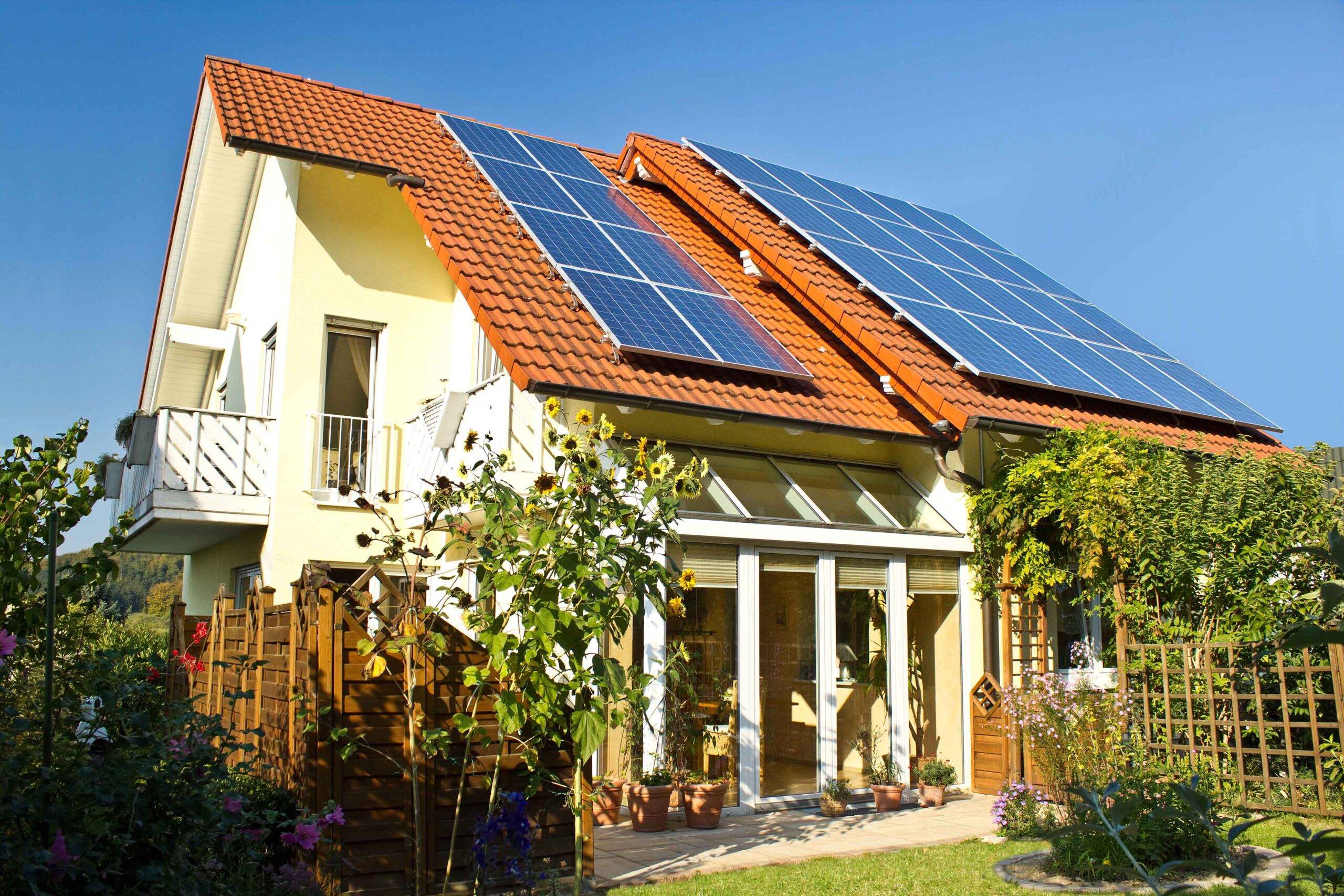Building, buying from new, or making your existing property environmentally friendly, here is your ultimate eco tick-list.
We’re all doing our bit to activate green and environmental initiatives in our lives when the opportunities arise, but where newbuild homes are concerned, the installing of eco initiatives, from the ground up, has become part of the blueprint for all construction projects.
While that makes converting an existing home into a polished eco-efficient entity difficult – impossible, in fact, in some ways, unless you can find a way to turn your entire property so its living spaces are south-facing! – there are a number of adjustments you can potentially make as you construct an eco tick-list that will prove you’re doing your bit for the planet.
Eco New Build
If you’re looking to buy a brand new home, or even build one, you may well want to start to become familiar with the following initiatives and features:
Fabric First
The fabric first approach to building and renovating looks at improving the fabric of the building before considering investment in renewables. By ensuring a property is well insulated and airtight, you will reduce the amount of energy required to heat the home overall.
These fabrics can be quite a complex area to unravel, to include sustainably sourced materials, materials with a low carbon footprint, as well as natural and recycled materials.
Carbon neutrality
A carbon neutral home focuses on offsetting any carbon produced in the process of building it, as well as the footprint of heating and powering the space. This means using materials with a low carbon footprint, as well as renewable systems that don’t rely on fossil fuels.
Cradle-to-cradle
This concept looks at the lifecycle of materials, ensuring that not only are they sustainably produced, but can also be disposed of in a sustainable manner, whether that’s recycling, reusing or being made from biodegradable materials.
The Healthy Home concept
The healthy home ideal relates to the wellbeing of those who reside there. This means catering for everything from indoor air quality, protecting sleep cycles and factors that impact mental health. This holistic approach looks at the effect a house has on the individual, as well as the wider community.
Biophilic design
This element connects your home to nature, both around it and within it. It encompasses an outside/inside approach, where natural life and materials interweave together and in harmony.
Earthship Biotecture
This is a home made entirely out of natural and recycled materials.
The Passivhaus standard
There is now an official qualifying level that has been brought in, known as the Passivhaus standard. This implies a home meets the most stringent eco levels and is incredibly energy efficient.
Eco Additions to an Existing Property
If, on the other hand, your remit is to make your existing property as eco-friendly as possible, you may look to feature some of the following:
Good insulation and airtight joints
Double or triple-glazed windows
Air conditioning and other features to manage overheating
Heating and/or hot water provision from a renewable source (such as solar panels, heat pump or biomass)
Electricity from an approved ‘green’ supplier
Renewable energy systems, such as solar PV and solar thermal
Natural materials and an avoidance of plastics
Time spent living off-mains
Planted and green roofs, with the aim of providing insulation, as well as a bed for insects and other animal life.
Use of LED light bulbs which have a hugely beneficial effect on electricity consumption.










